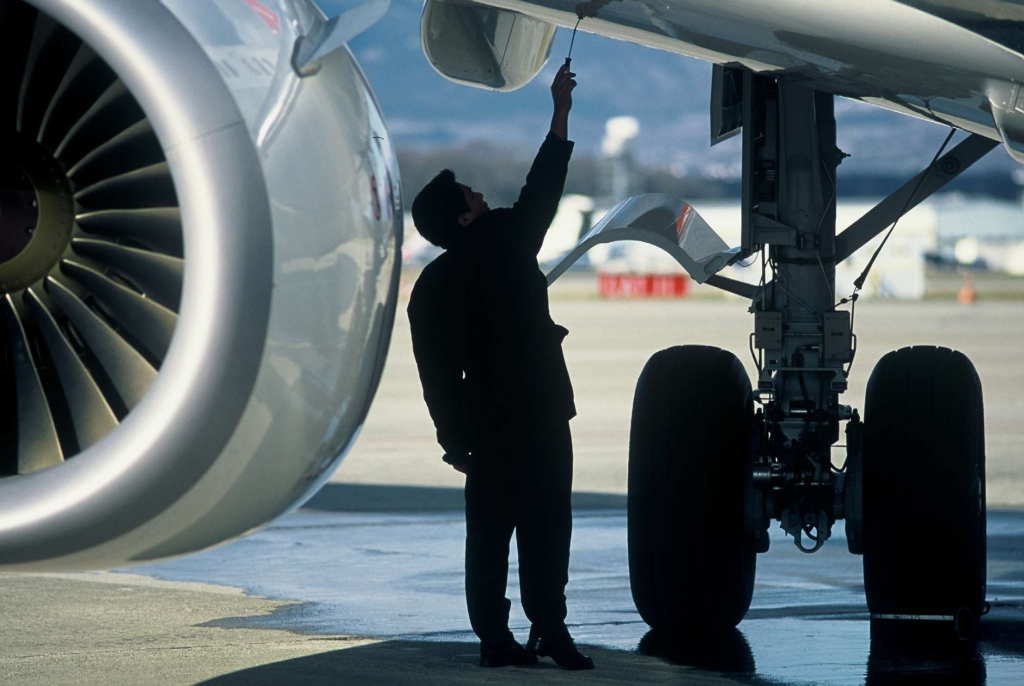The aviation sector in Malaysia is an important pillar of the country’s economy and has been growing steadily over the last few decades. It is regulated by a number of government bodies, including the Civil Aviation Authority (CAA) and the Department of Civil Aviation (DCA). In addition to this, there are various industry-specific regulations that govern aircraft and aviation management in Malaysia. This paper seeks to explore the administration, regulations, and practices in the Malaysian aviation sector.

It will first provide a brief overview of the structure of regulation within Malaysia before looking at some specific examples such as safety standards and air traffic control systems. Finally, it will discuss current trends and challenges facing this sector today. By doing so, this aims to provide further insight into how one of Malaysia’s most important industries operates on a daily basis.
What is Aircraft & Aviation Management?
Aircraft and aviation management is the process of overseeing the safe and efficient operation of aircraft in accordance with all applicable regulations. This encompasses a wide range of activities, including airline operations, air traffic management, maintenance, safety practices, and environmental protection. The Malaysian government has developed various policies and regulations to ensure that the aviation sector functions in an orderly manner, and these are overseen by the CAA and DCA.
What are Aircraft Safety Standards in Malaysia?
The Malaysian government has implemented a number of safety standards to help ensure the safe operation of aircraft in the country. These standards include rules regarding pilot training, aircraft maintenance, and airworthiness inspections. The CAA also monitors airline operations to make sure they comply with all applicable regulations. Additionally, airlines must have insurance coverage for any incidents that may occur while operating aircraft in Malaysia.

What is Air Traffic Control (ATC) System in Malaysia?
Air traffic control (ATC) systems are responsible for controlling the movement of aircraft in the airspace over a particular region or nation. In Malaysia, ATC services are provided by the Malaysian Air Navigation Services (MANS), which is a subsidiary of the Department of Civil Aviation. MANS provides ATC services to more than 70 airports and airfields throughout Malaysia, and its personnel is trained to handle all types of aircraft operations in the country. MANS coordinates with other ATC systems around the world to ensure safe navigation for international flights entering and leaving Malaysian airspace.
What are the Current Challenges in the Malaysian Aviation Sector?
The Malaysian aviation sector faces a number of challenges today, including rising costs due to increased competition, new technologies, and changing regulations. The industry also faces environmental concerns from both local and international sources, as well as increasing demand for air travel that has led to overcrowding at some airports. In addition, there have been a number of high-profile incidents in recent years that have highlighted the need for improved safety protocols and better oversight.
